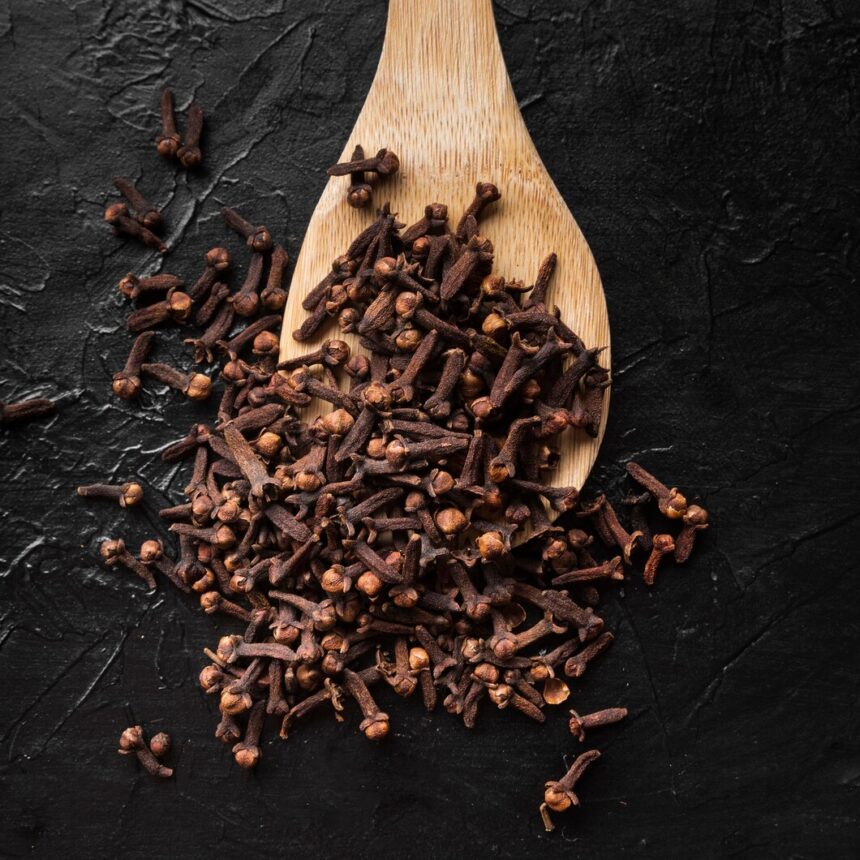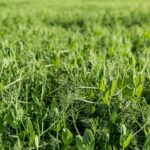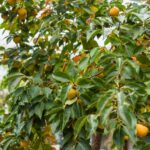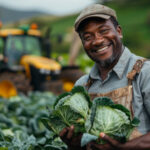Cultivation of cloves, the aromatic flower buds of the clove tree (Syzygium aromaticum), is an important agricultural activity in South Africa, particularly in regions with suitable climatic conditions. Cloves are valued for their culinary, medicinal, and aromatic properties, making them a lucrative crop for farmers. However, to achieve optimal quality and yield, farmers must employ techniques that enhance cultivation practices, address challenges, and maximize productivity. In this article, we’ll explore several techniques for enhancing the quality and yield of cloves in South Africa.
1. Selecting Suitable Cultivars
Choosing the right cultivars is essential for successful clove production. In South Africa, farmers should select cultivars that are well-adapted to local climate and soil conditions. Varieties with high yields, good disease resistance, and desirable flavor and aroma profiles should be prioritized. Consultation with agricultural experts or local agricultural extension services can help farmers identify suitable cultivars for their specific growing conditions.
2. Optimal Site Selection and Soil Preparation
Site selection and soil preparation are critical factors that influence clove growth and productivity. Clove trees thrive in well-drained, fertile soils with a slightly acidic to neutral pH. Farmers should choose sites with adequate sunlight and protection from strong winds. Prior to planting, soil should be tested and amended as needed to ensure proper nutrient levels and soil structure, promoting healthy root development and robust growth.
3. Proper Planting Techniques
When planting cloves, farmers should adhere to proper spacing and planting depths to optimize growth and yield. Clove trees should be spaced adequately to allow for optimal root development and airflow between plants. Planting depths should be consistent, with the bud union positioned slightly above the soil surface to prevent rotting. Careful attention to planting techniques ensures uniform growth and maximizes yield potential.
4. Irrigation Management
Effective irrigation management is essential for clove production, particularly during periods of drought or dry spells. Clove trees require consistent moisture throughout the growing season to support growth and flower bud development. Farmers should implement irrigation systems that deliver water evenly to the root zone, avoiding water stress and ensuring optimal hydration. Monitoring soil moisture levels and adjusting irrigation schedules accordingly helps maintain plant health and maximize yield.
5. Nutrient Management
Proper nutrient management is crucial for enhancing clove quality and yield. Clove trees have specific nutrient requirements, particularly for nitrogen, phosphorus, and potassium. Soil should be amended with organic matter and balanced fertilizers to provide essential nutrients and promote healthy growth. Foliar feeding and soil amendments can be used to address nutrient deficiencies and optimize nutrient uptake, ensuring vigorous growth and high-quality flower bud formation.
6. Pruning and Training
Regular pruning and training of clove trees help maintain plant vigor, improve airflow, and enhance light penetration within the canopy. Pruning removes dead or diseased branches, promotes branching, and shapes the tree for optimal growth and yield. Training techniques such as espalier or trellising can be employed to maximize space utilization and facilitate easier harvesting. Proper pruning and training practices contribute to higher yields and improved fruit quality.
7. Pest and Disease Management
Effective pest and disease management are essential for protecting clove trees from damage and maintaining crop health. Common pests and diseases affecting cloves in South Africa include aphids, thrips, anthracnose, and root rot. Integrated pest management (IPM) strategies, including cultural, biological, and chemical control methods, should be implemented to minimize pest and disease pressure. Regular monitoring, early detection, and prompt intervention are key to preventing yield losses and ensuring crop quality.
8. Harvesting at the Right Time
Harvesting cloves at the right time is crucial for optimal flavor, aroma, and potency. Clove flower buds should be harvested when they reach the desired size and color but before they fully open. Buds are typically harvested by hand or using specialized tools to avoid damage to the tree and surrounding foliage. Careful handling and proper post-harvest handling techniques, such as drying and curing, preserve the quality and shelf life of cloves, ensuring maximum market value.
9. Post-Harvest Handling and Storage
Proper post-harvest handling and storage practices are essential for preserving clove quality and preventing spoilage. Cloves should be dried promptly after harvest to reduce moisture content and inhibit mold growth. Dried cloves can be stored in cool, dry conditions in well-ventilated containers or packaging to maintain freshness and aroma. Strict hygiene practices should be observed during handling and packaging to minimize contamination and ensure product safety.
10. Continuous Learning and Adaptation
As with any agricultural endeavor, continuous learning and adaptation are essential for success in clove production. Farmers should stay informed about the latest research, best practices, and technological advancements in clove cultivation. Participation in training programs, workshops, and farmer field schools can provide valuable insights and practical knowledge for improving production techniques and overcoming challenges. By remaining open to innovation and willing to adapt to changing conditions, farmers can enhance the quality and yield of cloves in South Africa.
Enhancing the quality and yield of cloves in South Africa requires a combination of scientific knowledge, practical skills, and attentive management. By implementing techniques such as cultivar selection, optimal site preparation, irrigation management, nutrient management, pruning, pest and disease control, and post-harvest handling, farmers can maximize productivity and profitability while ensuring sustainable agricultural practices. Continuous learning, adaptation, and collaboration within the agricultural community are key to achieving long-term success in clove production in South Africa.







